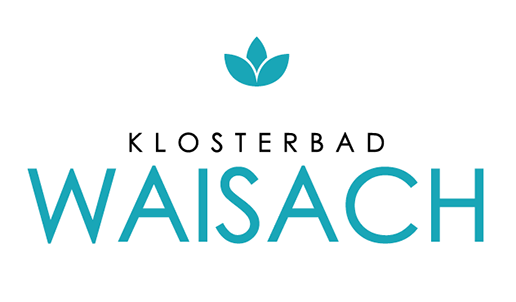THE HISTORY
THE HOSPICE OF WAISACH
The history of the Hieronymite Monastery of Waisach near Greifenburg is evidence of resilience and indestructability: Waisach has proven itself time and time again over the years. The mighty tuff stone building was actually built in 1746 under Empress Maria Theresa as a mission station in Upper Carinthia. But after just 40 years, in 1786, the stormy religious reforms of her own son and emperor Josef I. led to the end of the Hieronymites in Waisach.
This happened although the order of the Hieronymites came to Bavaria, Upper Austria, Carinthia, Vienna and Hungary via South Tyrol not before the end of the 17th century and only with the help of influential sponsors. Hannibal Prince Porcia, loyal servant of Emperor Leopold I, brought them to Carinthia. In charge of this was Onuphrius Holzer, a charismatic preacher and hermit from Bavaria, who was able to persuade the mighty imperial family and many high-ranking nobles between 1695 (Bolzano) to his death in 1724 (Vienna) to fund several monasteries and churches.
Even Prince Josef Leopold Orsini Rosenberg had to dig deep into his pockets and, shortly before his death in 1738, founded the Waisach parish with the Amlach and Egg branches as well as the monastic hospice. The construction was a masterpiece, because the building material – tufa limestone – had to be dug by hand and with modest tools by the newly recruited monks and piled up three stories. The building was 60 meters long at the end, with two 15-meter-square resalites on both ends.
A stately church 35 meters long (north-south) and 15 meters wide (east-west) was also completed on the midday side in the following years – but never inaugurated, as the dissolution of the convent came before. After the order was finally extinguished in 1819 and the eastern part was sold to the community (1822), the church was demolished (1836) and the valuable building material used to expand the originally wooden church tower of St. Nikolaus in Waisach.
Division into church and school
After the dissolution of the order, the hospital was used for eye patients and to care for impoverished citizens. Then it was divided into a rectory and a school. The old cloister corridors were walled up, converted into apartments for pastors, teachers and foresters; instead of the church, a two-class school was built as an extension in 1907, the old cloister gardens were used for keeping animals and storing fuel. During the First World War, the cellars were used to protect food. But the spiritual life in Waisach was not finally extinguished.
In 1908 monastic life came back – with the establishment of a brotherhood of the Sacred Heart of Jesus. French missionary priests were also interested in a settlement. In 1915, 500 Russian prisoners of war were quartered in and in front of the monastery in specially built barracks who were used in the construction of the road to Lake Weißensee. Austro-Hungarian marching formations followed later. But obviously the large building with its many cells was predestined to accommodate monastic life and at the same time to be a protective refuge again and again.
In 1927 the first solemn Levite ministry took place in the monastery after 150 years, after the missionaries of the Sacred Heart of Jesus in Liefering near Salzburg set up a novitiate here. For this purpose, the former refectory was converted into a Sacred Heart Chapel. But just two years later the missionaries left the Waisach monastery again in the direction of Fürnitz, where there was more space for the small convent and more far-reaching tasks in their pastoral care.
The more recent history shows the double purpose of the house to be a place of monastic spirituality and at the same time a shelter for people in the storms of the world. During World War II, the monastery was used to accommodate soldiers, initially from the German Wehrmacht and later from the British occupation. In 1947 the Congregation of Missionaries of the Precious Blood (CPPS) took over the parish of Waisach, but without establishing its own convent. In 1972 the Elementary school was moved to Greifenburg, in 1982 Waisach was merged with the Greifenburg parish.
Plans for medical wellness
It took another 30 years to finally restart. The church part of the monastery was sold on July 1, 2013, and the parish part with the former elementary school on June 1, 2020. In 2015, the planning work started to reactivate the Hieronymite monastery as a pilgrimage site and center for health, culture and spirituality. The calcium-magnesium-sulfate-hydrogen carbonate water sources on the site should be used for water therapies in the future, tuff galleries and herb gardens for natural recovery.
The work on the implementation of a multifunctional health and education center is being driven by two teams of architects in coordination with the municipality, the spatial planning and the Federal Monuments Office. The aim is to set up around 60 rooms, a water chapel, spa, therapy and conference rooms, a restaurant as well as a pilgrim center and monastery shop and to use the outdoor facilities again for herb gardens. The monastery is to become a meeting place, mental and vital center, with a focus on Traditional European Medicine.
